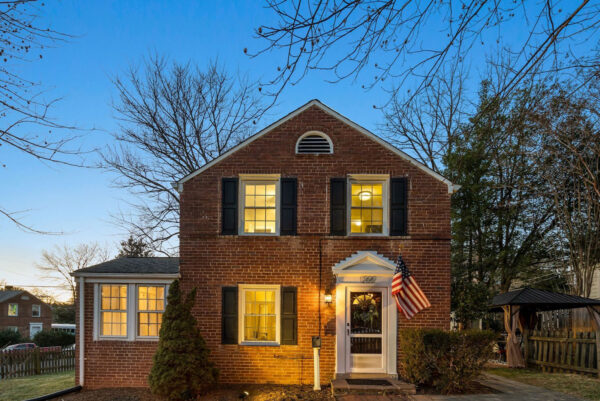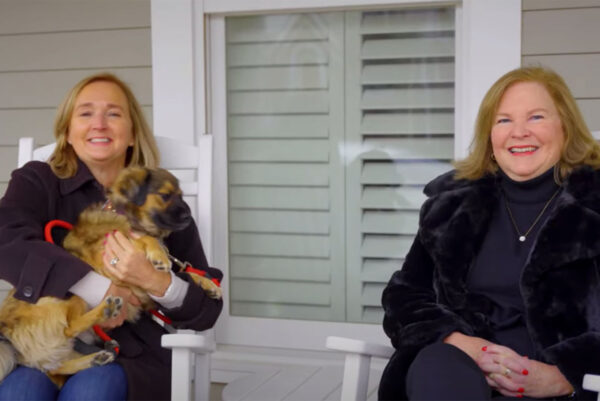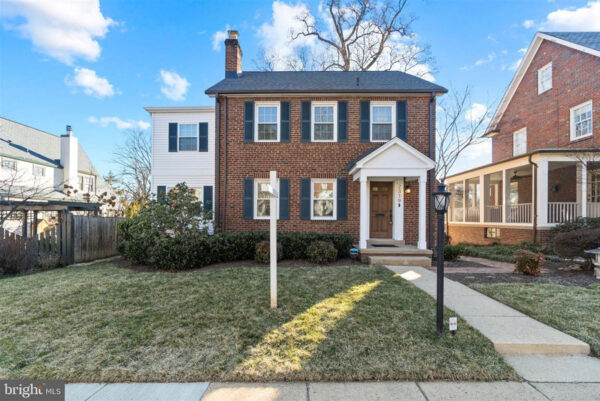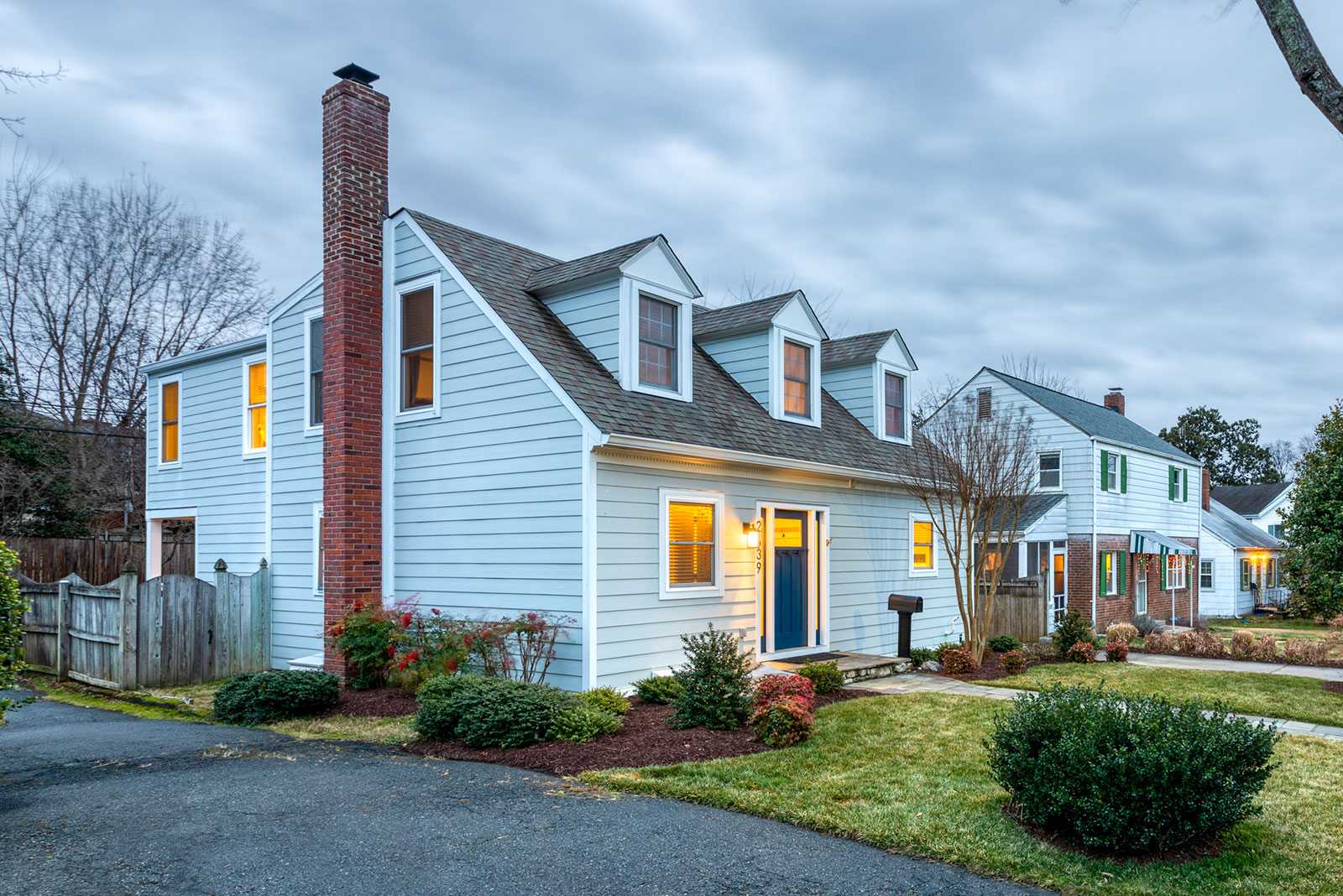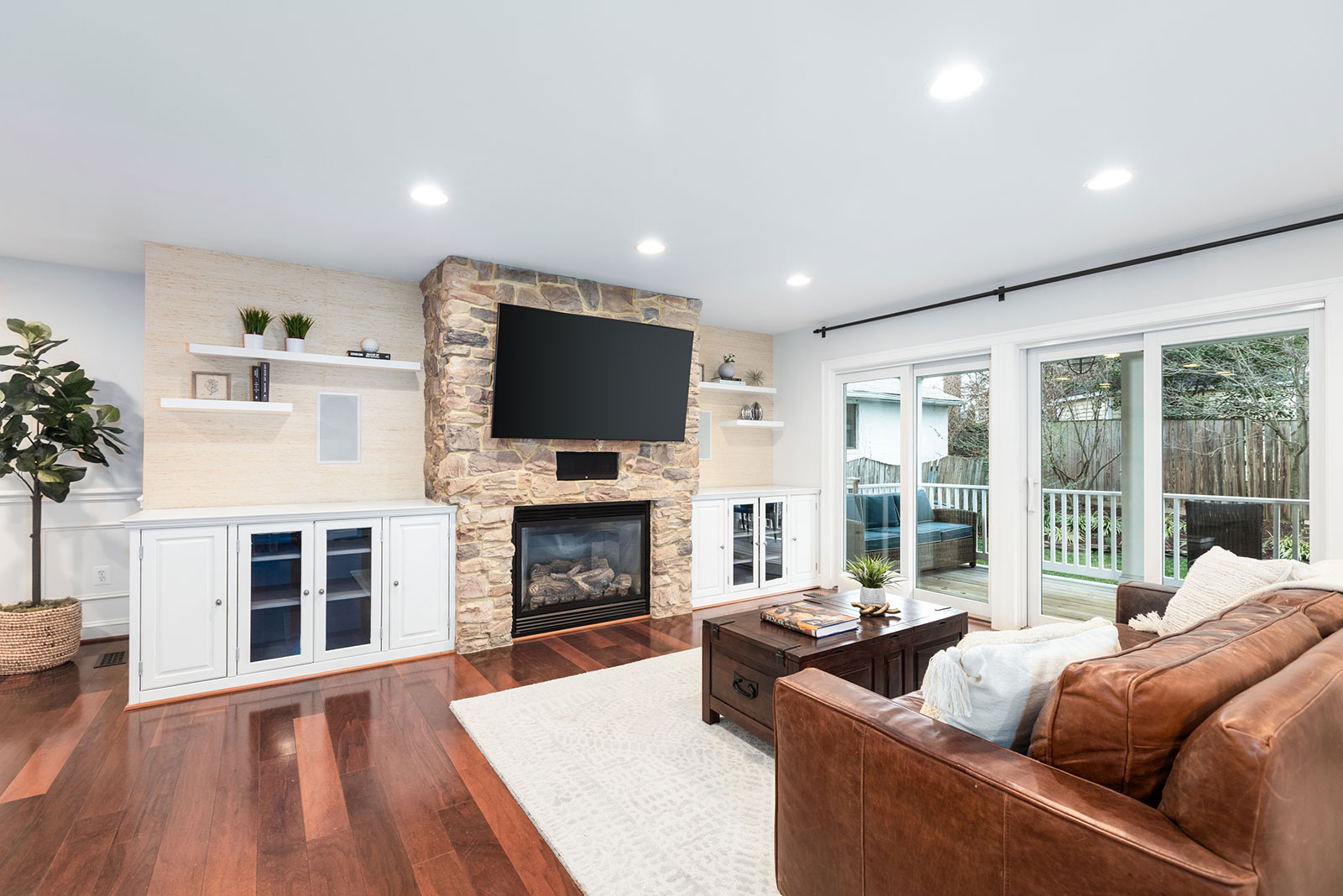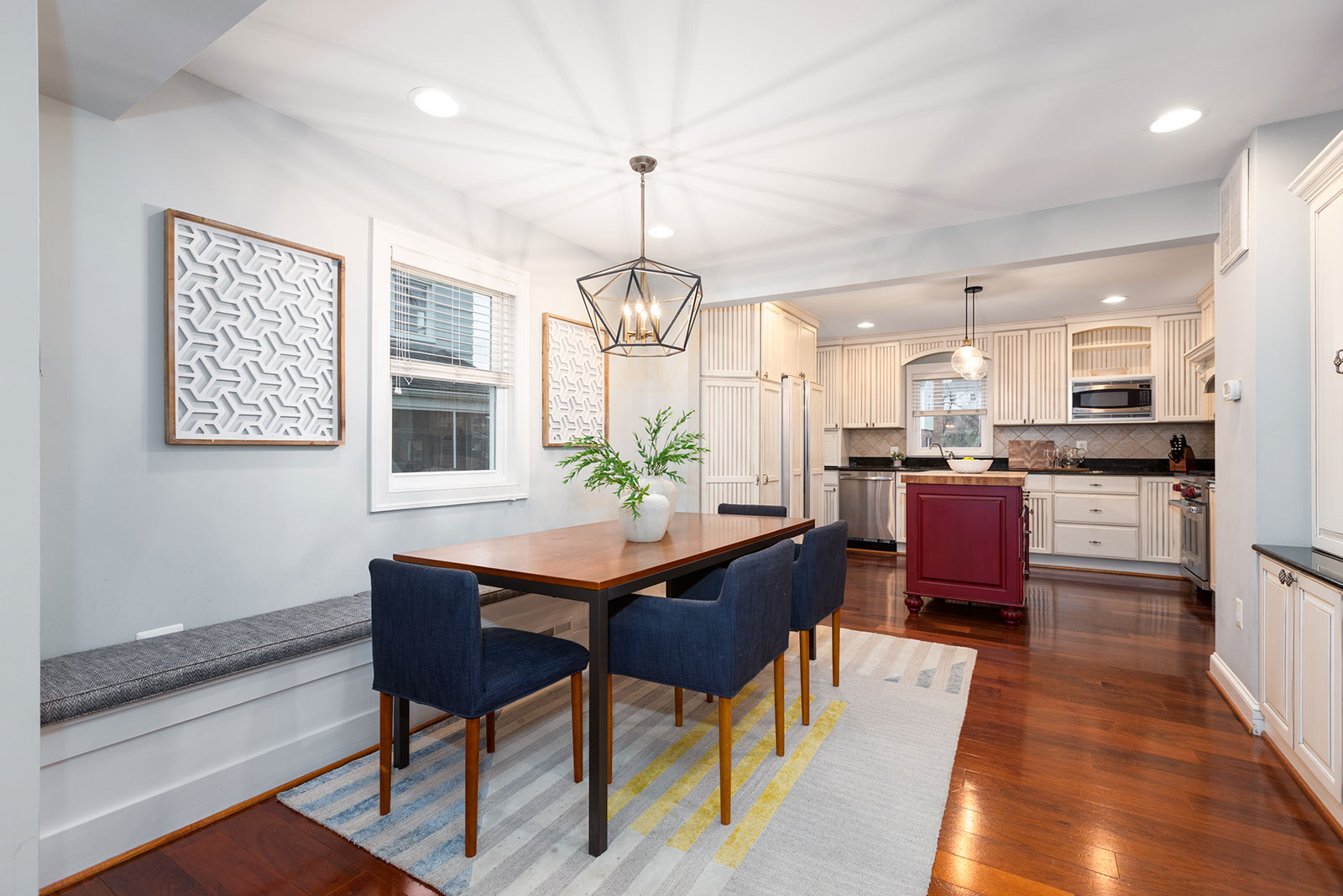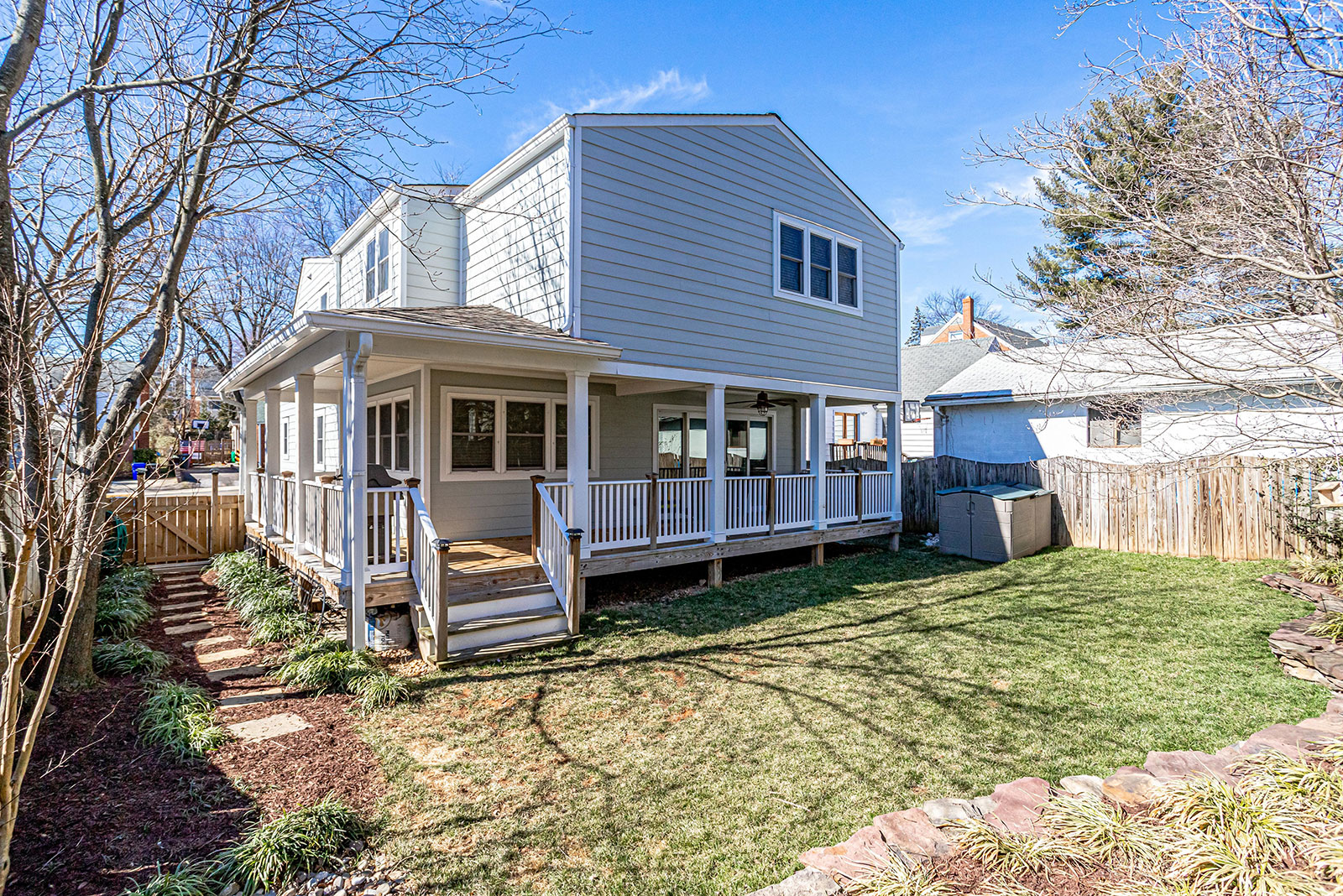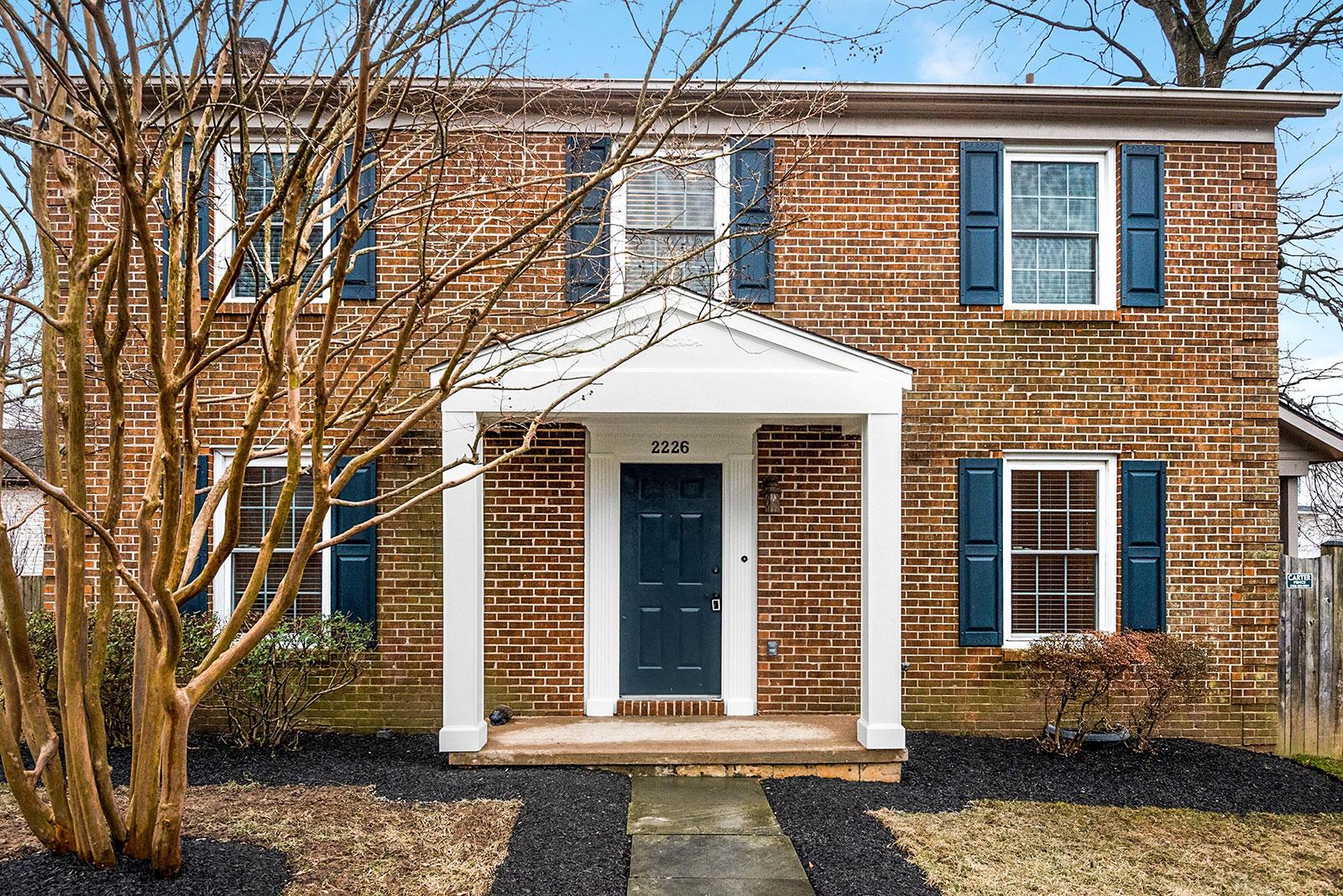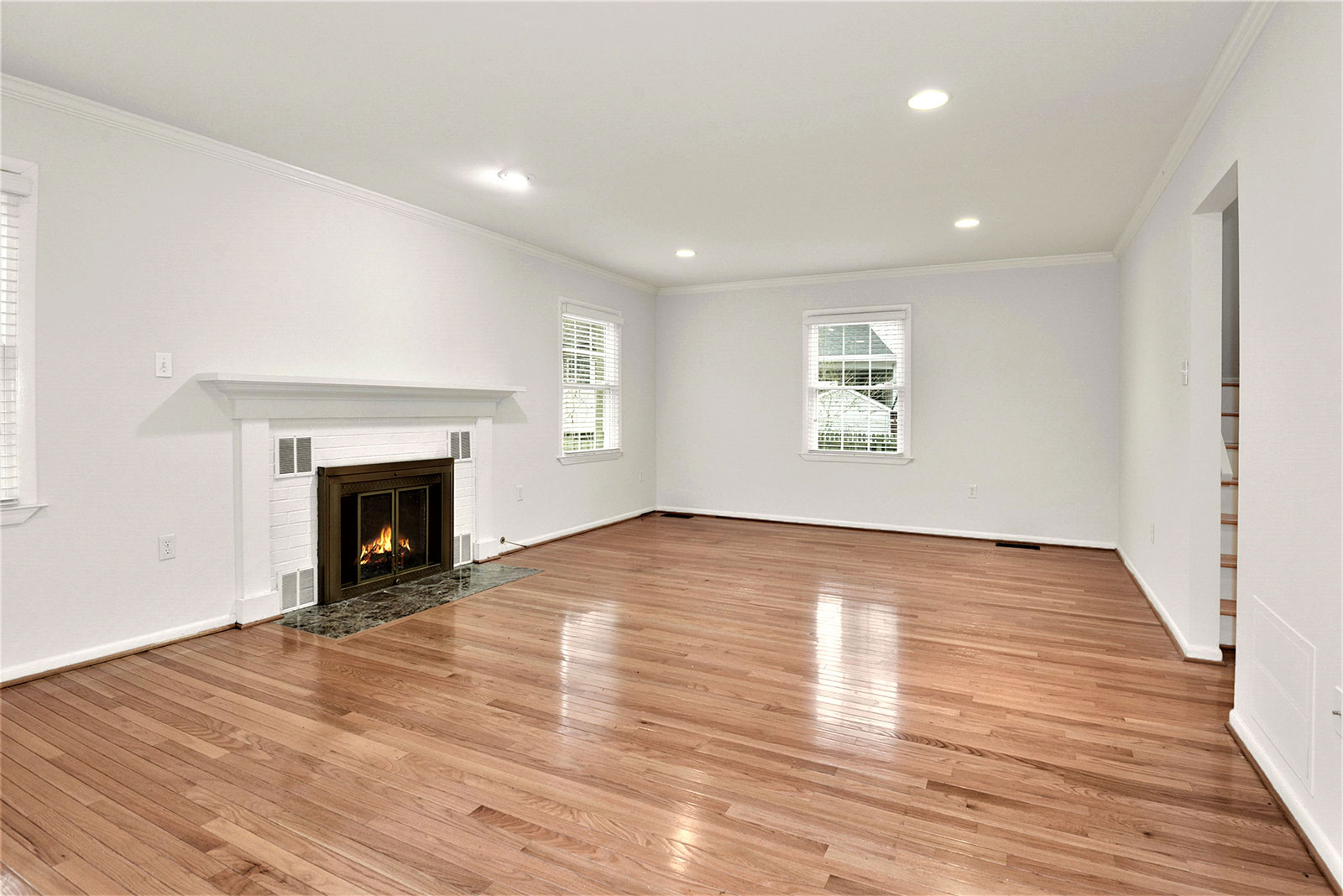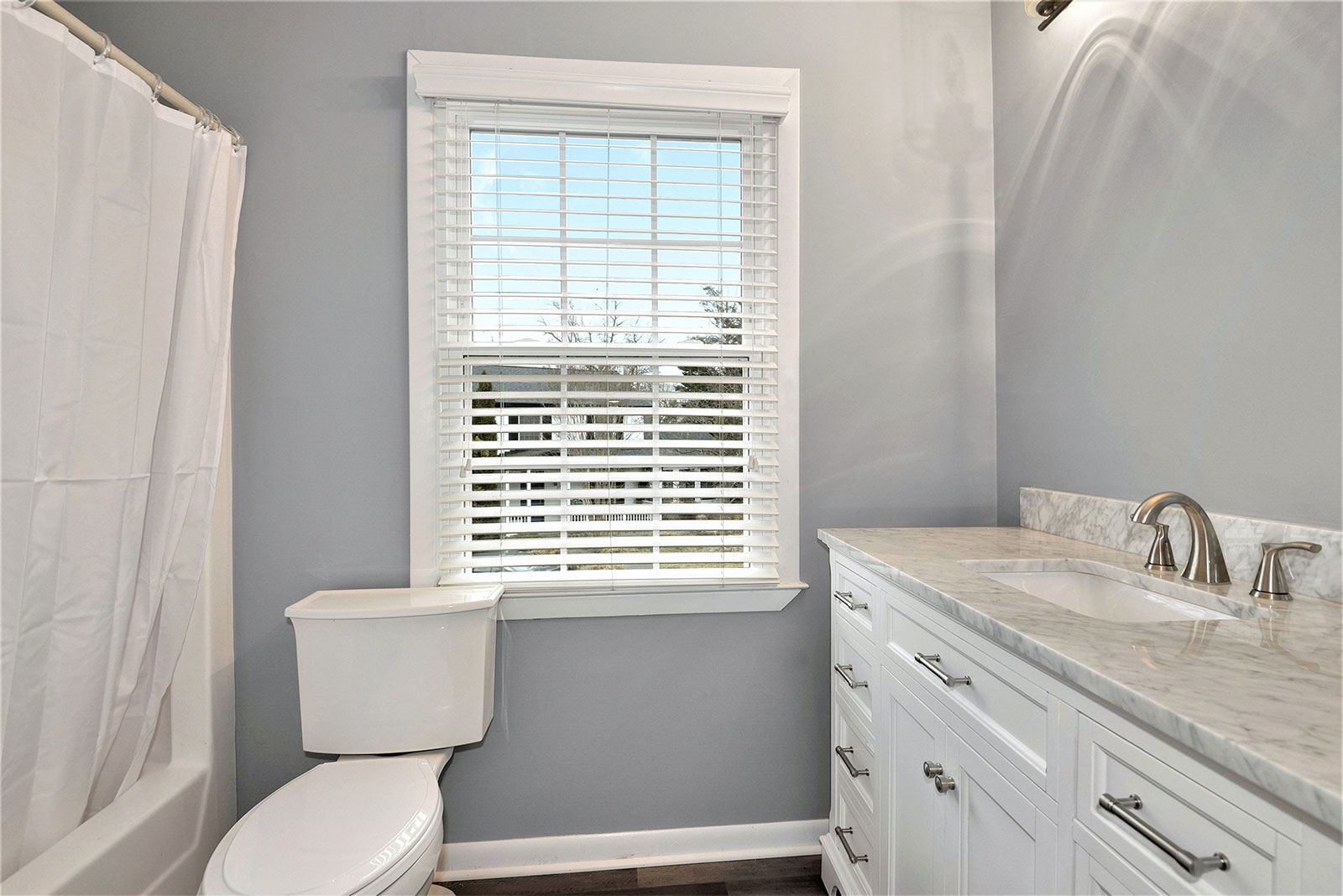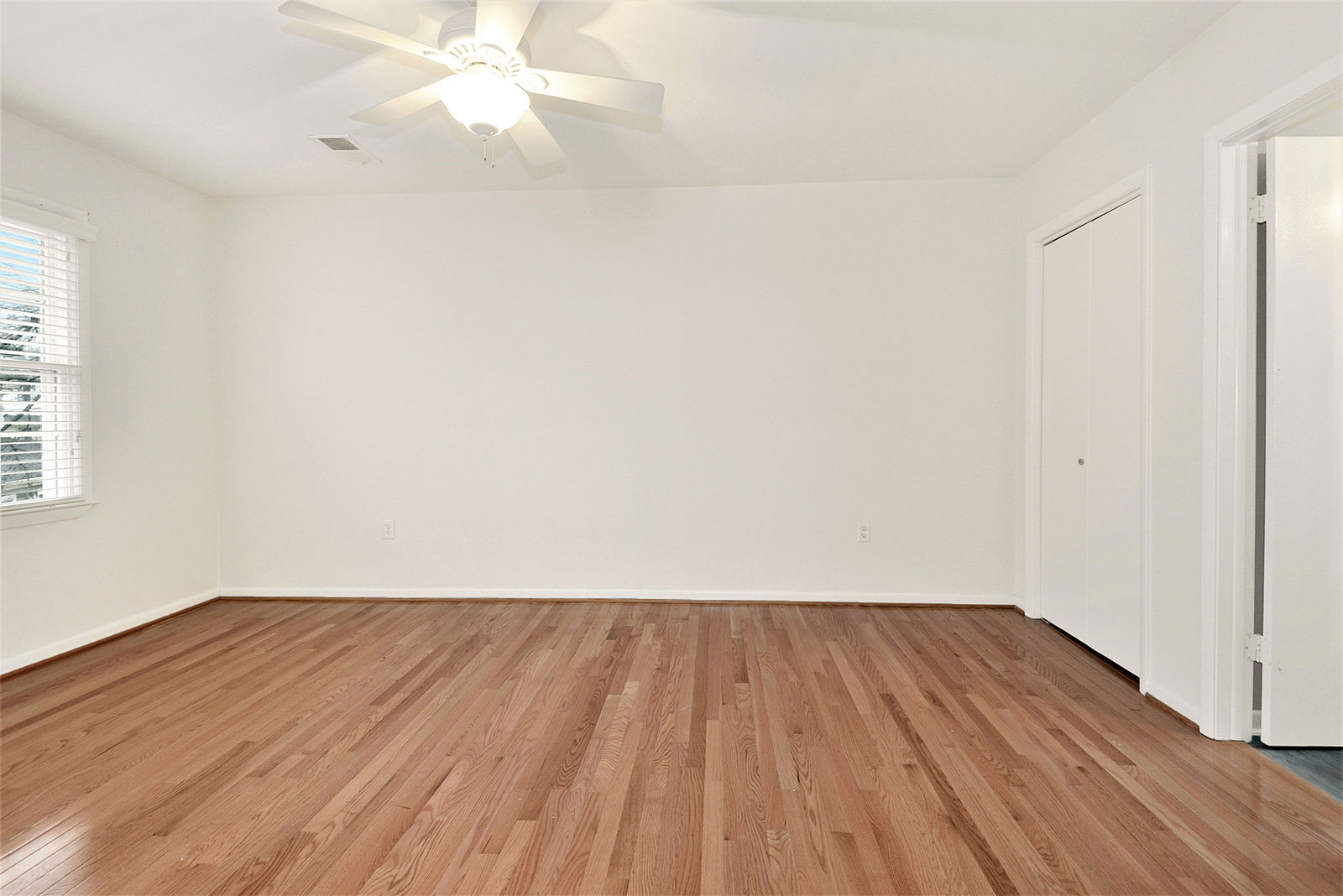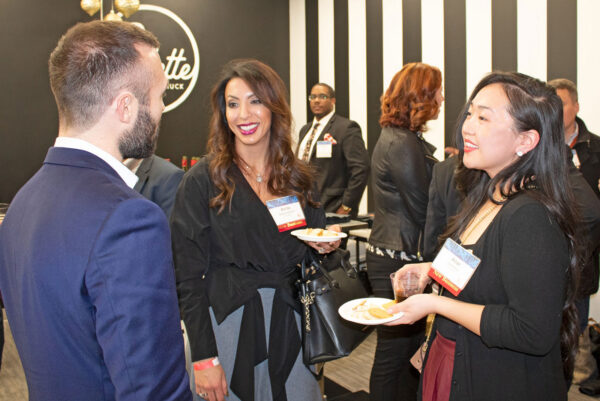
This regularly scheduled sponsored Q&A column is written by Eli Tucker, Arlington-based Realtor and Arlington resident. Please submit your questions to him via email for response in future columns. Video summaries of some articles can be found on YouTube on the Ask Eli, Live With Jean playlist. Enjoy!
Question: What is the normal commission rate for buyer-side real estate agents?
Answer: There has been a long-held belief that real estate agents should avoid any public discussion of commissions to avoid antitrust laws and ethics violations, but now that many popular public-facing real estate websites (e.g. Zillow and Redfin) are publishing buyer-side commissions, not to mention recent efforts by the National Association of Realtors to open-up transparency, I don’t see any reason why I can’t share that data the same way I do other relevant stats throughout the year.
The data and charts below represent the buyer-side commission published in the MLS for transactions in Arlington, sans any subjective commentary that could get me in trouble.
How Are Commissions Determined?
In most cases, commissions are set in the Listing Agreement between the seller and the seller’s real estate agent. A total commission fee is established, with a disclosed amount going towards the agent/broker representing the buyer of the home. That buyer-side commission is published in the MLS. The other portion of the commission/fees (that going to the listing agent/broker) is not and I do not have any broad-market insight into those numbers.
Buyer agents may establish minimum commissions or other fees in the Representation Agreement between the buyer-side agent/broker and the buyer, but this article/data is specific to the buyer-side commission, offered by the seller/listing broker, published in the MLS.
Buyer-side Commissions Down 11.4% Since 2014/2015
In 2014 and 2015, buyer-side commissions averaged 2.9% across all transactions in Arlington. As of 2021, the average buyer-side commission in Arlington dropped by 11.4%, to 2.57%. The biggest one-year drop occurred between 2018 (2.75% average) and 2019 (2.65% average).
Setting aside the historically high volume of real estate transacted in 2021, gross revenue (calculated by real estate sales volume multiplied by the average buyer-side commission percentage) to brokerages covering buyer-side transactions in Arlington remained fairly consistent year-to-year from 2014-2020 because lower buyer-side commissions were offset by rising real estate values.
So, for everybody out there with a dislike for us real estate agents, you can raise a glass and toast to the industry (at least the buyer-side of Arlington transactions) getting little-to-no raise in the seven years from 2014-2020!
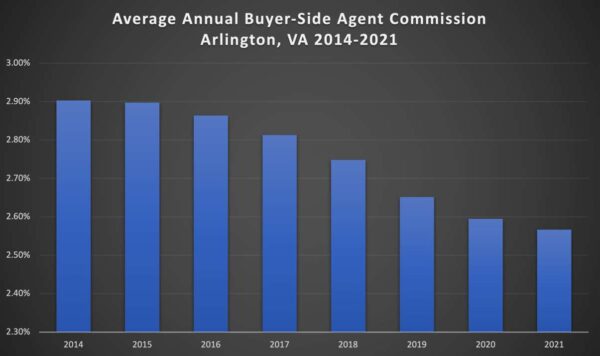
3% Buyer-Side Commission, It Was Nice Knowing You!
In 2014 and 2015, just under 80% of buyer-side commissions in Arlington were 3% (blue bars in chart below) and ~17% were offered at 2.5% (orange bars in chart below). Fast-forward to 2021 and the numbers are almost perfectly reversed with 15% of sales offered at 3% buyer-side commission and 79% offered at 2.5%.
Since 2014, buyer-side commission was offered at 2.5% or 3% in nearly every Arlington transaction, making up 93.4%-96.5% of all transactions over each of the last eight years. After that, the next most common buyer-side commission offered was 2.75%, except in 2021 when 2% offerings overtook 2.75% offerings for third place for the first time, representing 2.5% of total transactions.
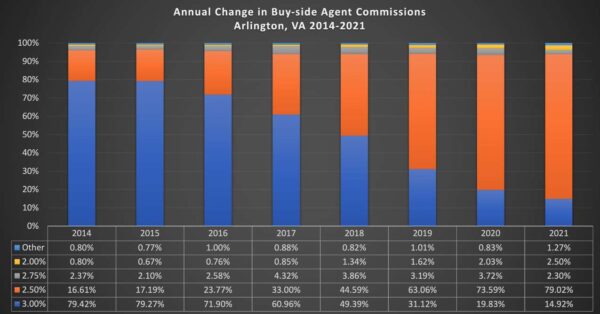
I could write pages on the structure of real estate commissions, the value of real estate agents and the make-up of our industry but that’s for another day!
If you’d like to discuss buying, selling, investing, or renting, don’t hesitate to reach out to me at [email protected].
If you’d like a question answered in my weekly column or to discuss buying, selling, renting, or investing, please send an email to [email protected]. To read any of my older posts, visit the blog section of my website at EliResidential.com. Call me directly at 703-539-2529.
Video summaries of some articles can be found on YouTube on the Ask Eli, Live With Jean playlist.
Eli Tucker is a licensed Realtor in Virginia, Washington DC, and Maryland with RLAH Real Estate, 4040 N Fairfax Dr #10C Arlington VA 22203. 703-390-9460.


